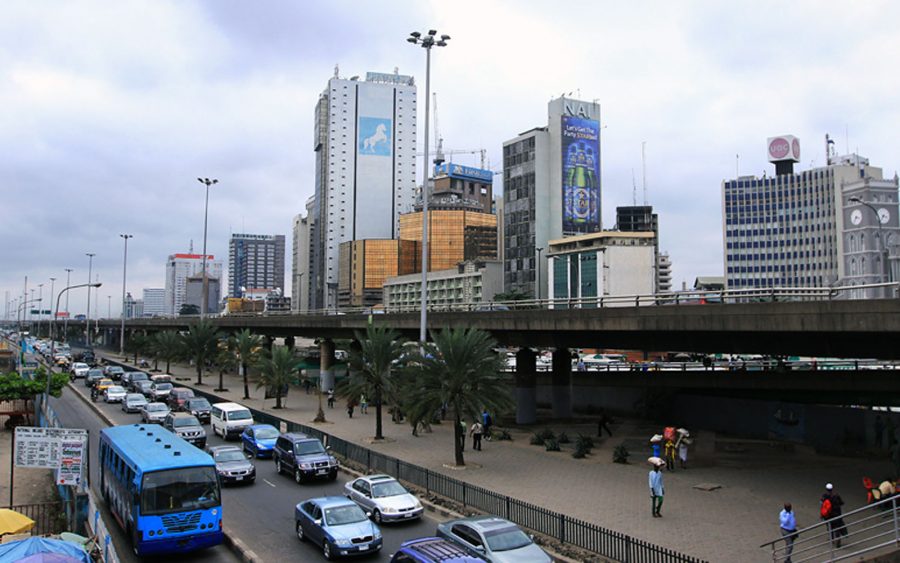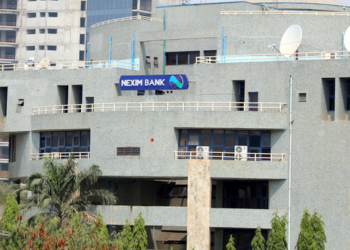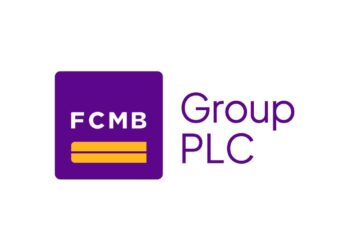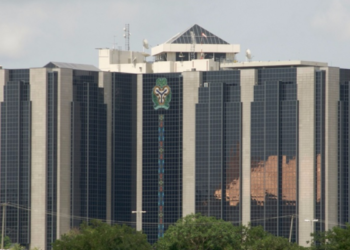Barely one week after the Central Bank of Nigeria (CBN) issued a letter to all Deposit Money Banks (DMBs) to maintain a minimum Loan to Deposit Ratio (LDR) of 60% by September 2019, the apex bank, in another desperate attempt to compel lending to the real sector, issued a circular yesterday revising the guidelines around the CBN Standing Deposit Facility (SDF). The new guidelines state that;
- The remunerable daily placements by banks at the SDF shall not exceed N2billion.
- The SDF deposit of N2billion shall be remunerated at the interest rate prescribed by the Monetary Policy Committee (MPC) from time to time.
- Any deposit by a bank in excess of N2billion shall not be remunerated.
[YOU MAY LIKE: Financial Expert explains why CBN should be worried over Facebook’s Libra]
The SDF is a window where DMBs can place excess funds overnight with the CBN. The interest to be earned on such funds is determined with reference to the lower band of the asymmetric corridor around the MPR as prescribed by the MPC.
The current asymmetric corridor is at +200 and -500 basis points around the MPR (13.5%), implying the SDF facility of the CBN should currently attract an interest rate of c.8.5%. Previously, DMBs could place a maximum of N7.5bn daily with the CBN.
[READ THIS: CBN says no more interest payment on bank deposits exceeding N2 billion]
Loan growth in the banking sector has been relatively lethargic post-recession. For context, during 2018, of all the tier one banks, save for UBA (+4%) reported decline in their net loan books (Guaranty; -13%, Zenith; -13%, FBNH; -16%, Access; -1%). The CBN had in November 2014, with the same aim of inducing lending to the private sector, modified the guidelines permitting no more than N7.5bn in daily placements remunerated at 10% per annum.
Data from the CBN, however, does not show that much changed. An analysis of banks’ lending to the private sector based on CBN’s data between February 2015 (shortly after the new guidelines reducing SDF daily limit to N7.5bn) and May 2019 showed that loans to the private sector adjusted for the effects of depreciation showed a decline of 6.8%, assuming an average of 40% of bank lending is in foreign currency.
In our view, measures such as these fail to address the fundamental issues behind banks’ reluctance to lend and would only result in banks looking for innovative ways to get around the rules. The low-risk appetite among banks for lending to the real sector can be attributed in no small measure to the high risks in the operating environment which hinders the survival of SMEs and the profitability of businesses in general. Also, the absence of reliable credit history and effective institutions also hinder banks from lending to the real sector.
[READ FURTHER: Fidelity Bank Plc confirms robbery incident at its Lekki branch]
Consequently, DMBs prefer investing a huge chunk of their liquid assets in government instruments given that they do not have Capital Adequacy Ratio (CAR) implications, are tax-free and do not result in Non-Performing Loans (NPLs).
CSL STOCKBROKERS LIMITED CSL Stockbrokers,
Member of the Nigerian Stock Exchange,
First City Plaza, 44 Marina,
PO Box 9117,
Lagos State,
NIGERIA.






















